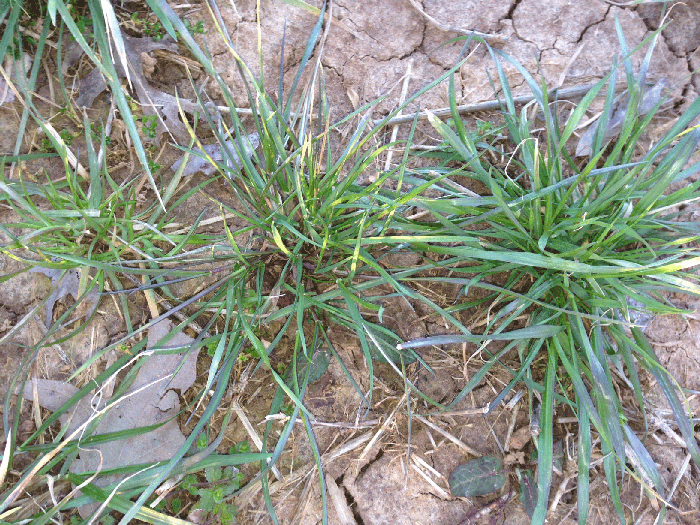
The Southeast is blessed with weeds no matter the season. And over the next four to six weeks, growers will be doing their best to burndown wintry weeds and cover crops before planting their no-till or strip-till cotton.
“Much of NC’s cotton is grown in no-till or strip-till systems and therefore requires a preplant burndown treatment to control winter weeds and/or cover crops. Mid-March through the first week in April is generally the ideal time for burndown applications,” writes Guy Collins, North Carolina State Extension cotton agronomist, and Alan York, NC State Extension weed scientist, at the highly recommended NC State cotton blog.
The information for this gallery comes from the NC State Cotton blog post "March is Burndown Time."
For cover crops, erosion control is key benefit, but a large biomass from the cover can suppress summer weeds and conserve water, the blog points out.
“Hence, growers may want to allow the cover crop to grow later into the spring to produce more biomass. Even so, it is still a good idea to kill the cover crop a couple weeks ahead of planting to avoid excessive moisture depletion by the cover crop,” according to York.
Remember, if the wheat or rye cover crop is thin and winter broadleaf weeds are seen, especially horseweed, apply 2,4-D or dicamba in March and allow the cover crop to continue to grow before terminating it later with glyphosate, York says.
Most winter weeds are controlled by glyphosate. "But there are some exceptions, and it is for these exceptions that we include another herbicide with the glyphosate. That other herbicide is typically 2,4-D although dicamba (Clarity, others), thifensulfuron + tribenuron (FirstShot, Harmony Extra, others), rimsulfuron + thifensulfuron (Leadoff, others), saflufenacil (Sharpen), carfentrazone (Aim), and pyraflufen (ET) are also options. Flumioxazin (Valor, others) is often included for residual control. Aim or ET will hasten burndown of weeds but in the long run, they typically do not improve control," York says.
Application rates and other information on burndown herbicides can be found in the 2016 Cotton Information publication.
About the Author(s)
You May Also Like






